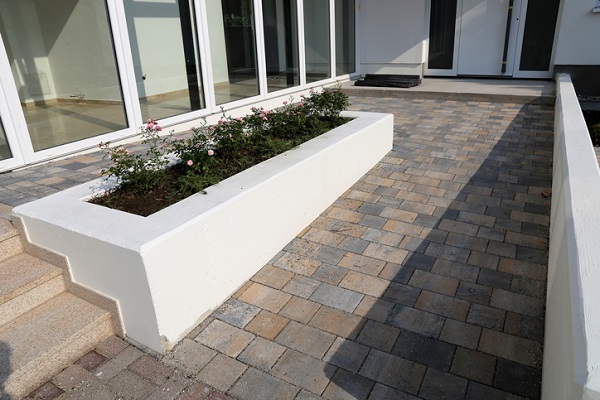VBA welcomes accessible housing reforms

The Victorian Building Authority (VBA) has welcomed the adoption of mandatory accessibility standards in the National Construction Code.
The new mandatory standards, which will take effect in 2022, were agreed upon at today’s National Building Ministers Meeting of Building Ministers, following Victoria’s advocacy.
Livable Housing Design Guidelines silver standards will ensure basic accessibility features are included in all newly constructed homes and apartments.
VBA chief executive officer Sue Eddy says accessible housing should be available to everyone: “This is a much-needed step forward both in Victoria and nationwide, allowing consumers a greater choice of where they live and easier access to support within buildings.
“Accessibility in the built environment means designing and building homes, and commercial buildings that are suitable for any occupant, regardless of their age or ability – this will now be compulsory.”
“It also gives those living with a disability the independence they want and deserve in their own home – allowing them to do things that we all take for granted.”
Under the changes, new homes will be required to include features such as step free entry, step free showers, ground level accessible toilets, structural reinforcements to support grab rail installation in bathrooms and for doorways and transitional spaces to allow ease of movement.
The reforms are expected to increase the availability of homes with accessibility features to 50% of Australia’s total housing stock by 2050.
A number of options are available to Victorians who believe they have been discriminated against because of their disability.
Consumers can initially lodge a complaint with the building owner or occupier. If your complaint relates to buildings that are under construction or have recently been completed, talk with the practitioner responsible for the project.
If a consumer wishes to complain about the conduct of the practitioner or other building professionals, they can contact the VBA.
Anyone unable to resolve the situation through talking with the person responsible for the discrimination can consider lodging a complaint with the Australian Human Rights Commission.
